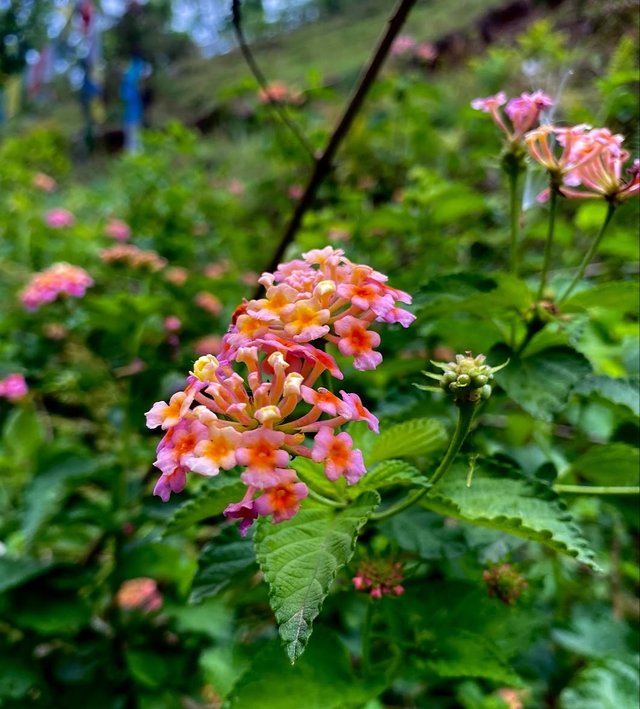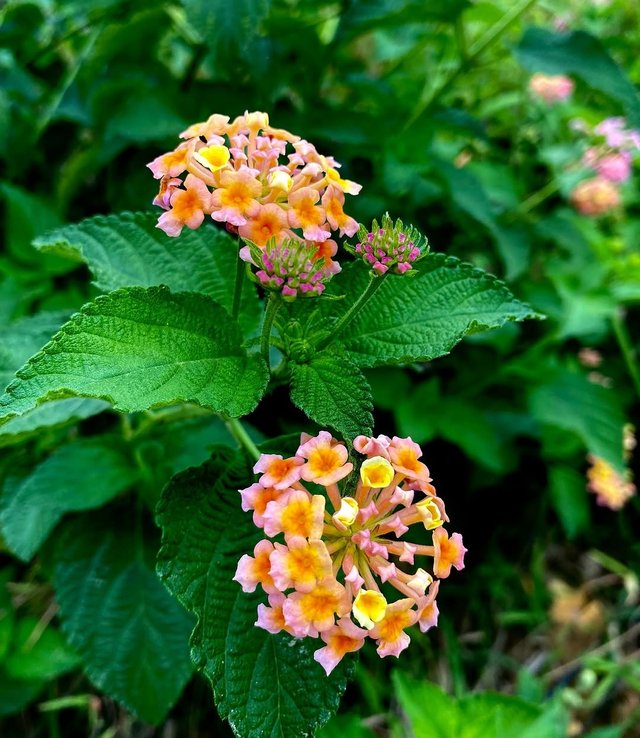Beautiful West Indian Lantana Flower
West Indian Lantana: A Colorful Beauty with a Wild Spirit
The West Indian Lantana is a flowering plant that seems to have a dual personality—on one hand, it’s admired for its vibrant blooms and ability to attract butterflies, bees, and hummingbirds; on the other, it’s considered an aggressive invader in many parts of the world. Originating from tropical regions of Central and South America, this plant has traveled far beyond its native range, thriving in warm climates across Asia, Africa, Australia, and the Pacific.
Appearance and Growth Habit
West Indian Lantana is a perennial, woody shrub that typically grows between 0.5 to 2 meters tall, though in favorable conditions it can grow taller. Its stems are often square in cross-section and covered with small prickles, giving it a slightly rough texture. The leaves are opposite, simple, and ovate with serrated edges, releasing a distinctive, pungent aroma when crushed.
The flowers are the plant’s most celebrated feature—clustered in rounded heads, each bloom changes color as it matures, often shifting from yellow to orange to red or from pink to purple. This color transformation makes the plant appear like a living rainbow in gardens and wild landscapes.
Habitat and Distribution
Although native to the West Indies and parts of the Americas, Lantana camara has adapted to a wide range of habitats, from coastal dunes and open grasslands to forest edges and roadsides. It thrives in full sunlight and well-drained soils, often tolerating drought once established. Its resilience and adaptability have made it popular in ornamental gardening, but also a problematic invasive species in many tropical and subtropical countries.
Ecological Role and Interactions
The nectar-rich flowers of West Indian Lantana attract a variety of pollinators, including butterflies, bees, and birds. Its fruits—small, glossy drupes—are eaten by birds, which help spread its seeds over large areas. Unfortunately, its rapid spread often comes at the expense of native vegetation, as dense lantana thickets can outcompete local species for sunlight and nutrients.




%20(9).jpeg)